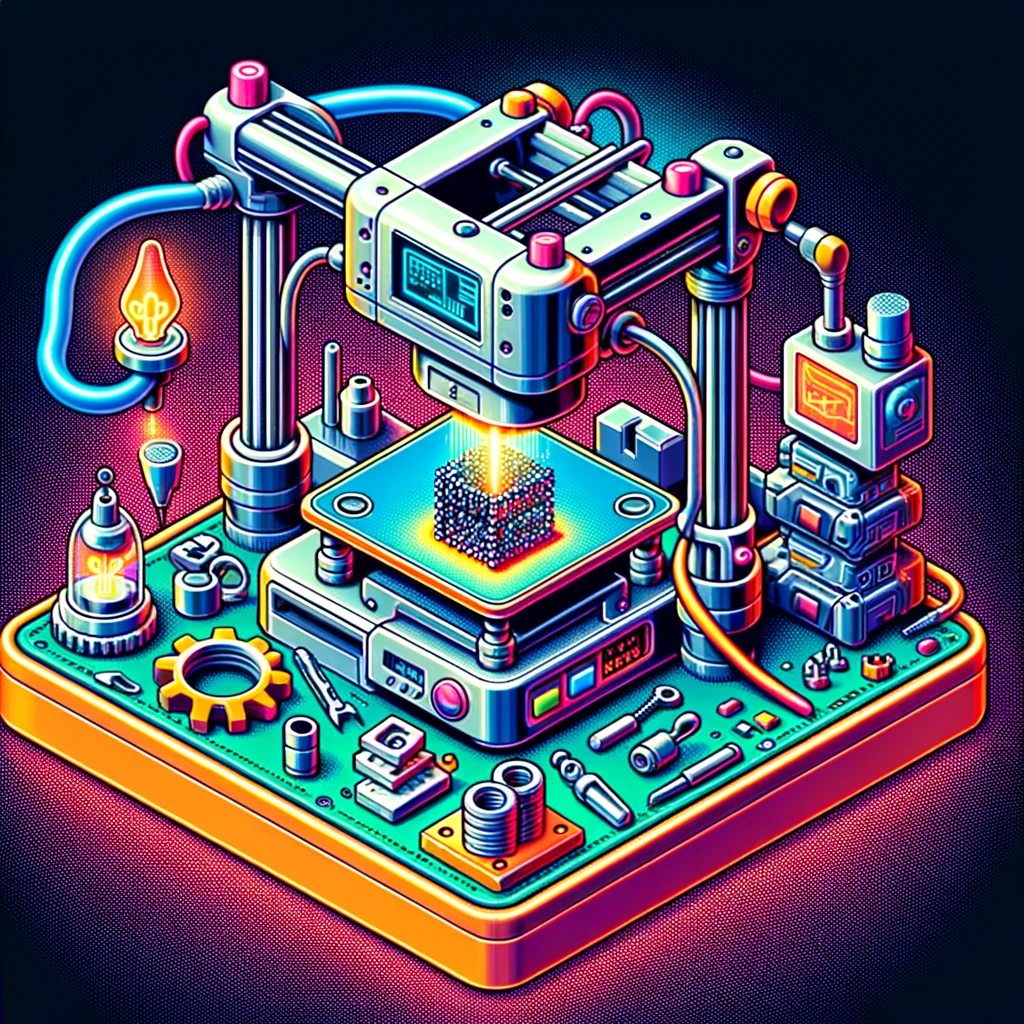
The Tiny World of Electrochemical Additive Manufacturing
In a world increasingly driven by precision and efficiency, a groundbreaking area of technology known as electrochemical additive manufacturing (e-AM) is redefining what’s possible at the micro- and nanoscale. A recent review, “Beginner’s Guide to Micro- and Nanoscale Electrochemical Additive Manufacturing,” published in the Annual Review of Analytical Chemistry, takes us deep into this fascinating field, showing how it’s set to revolutionize industries from electronics to healthcare.
What is Electrochemical Additive Manufacturing?
e-AM is an advanced form of 3D printing. Unlike traditional manufacturing, which often subtracts material to create a final product, additive manufacturing adds material, layer by layer, to build complex shapes and structures. This method is particularly revolutionary at the micro- and nanoscale, offering the ability to create intricate designs with materials like metals and polymers that were previously challenging or impossible to shape with such precision.
Why Does e-AM Matter?
Imagine a world where tiny, complex components are created with incredible precision, enhancing everything from medical devices to micro-robots. e-AM makes this possible. Its ability to work with conductive materials at such a small scale opens up new horizons for creating intricate, functional devices that are smaller, more efficient, and more powerful than ever before. This technology is not just about shrinking sizes—it’s about expanding possibilities.
How Does It Work?
e-AM operates through a process called electrodeposition. Essentially, it uses electrical current to deposit material onto a substrate, building up layers until the desired shape is achieved. This process requires precise control of numerous factors, including the material’s flow, the electrical current, and the movement of the printing nozzle. Innovations in e-AM focus on refining these elements to improve the quality and capabilities of the final product.
The Impact on Industries
Microelectronics and Robotics
In fields like microelectronics and robotics, e-AM allows for constructing highly complex, conductive structures essential for creating small, efficient, and sophisticated components. This means better performance and new capabilities for everything from consumer electronics to medical devices.
Healthcare
In healthcare, e-AM’s precision enables the creation of tiny devices that can navigate the body for targeted drug delivery or monitoring, potentially revolutionizing treatments and diagnostics.
And for anyone interested more in these applications, hope on over to This Week in Public Health.
Energy Storage
The technology’s ability to create intricate structures also makes it ideal for developing more efficient energy storage solutions, such as batteries and supercapacitors, crucial for powering everything from smartphones to electric vehicles.
The Road Ahead
While e-AM is a promising field, it’s still in its early stages. Challenges remain, including improving printing speed, expanding the materials that can be used, and increasing the resolution for even finer detail. However, as researchers and engineers continue to push the boundaries, the potential applications and benefits of e-AM will only grow, influencing industries and everyday life in countless ways.
Conclusion
Electrochemical additive manufacturing is more than just a technical innovation; it’s a key to unlocking new dimensions in precision manufacturing. It offers a glimpse into a future where the tiny and complex can be created with unprecedented speed and efficiency. As we continue to explore and expand the capabilities of e-AM, we’re not just miniaturizing objects—we’re enlarging our possibilities.



